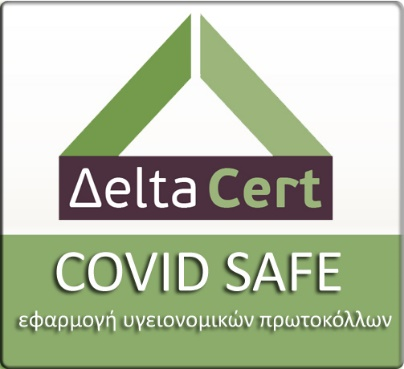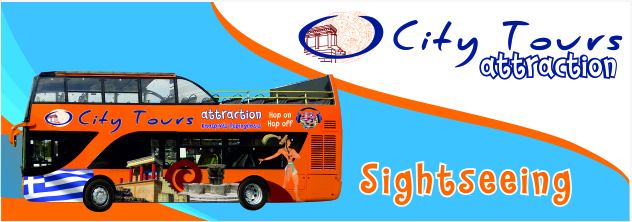Agios Nikolaos is 65 kilometres east of Heraklion.
Agios Nikolaos, or just Agios as the locals call it, dominates the beautiful Merabello Bay, on the northeast coast of Lassithi Prefecture in East Crete.
Agios Nikolaos has a population of 10,000. Though small, it is the second largest town in Lassithi Prefecture, the easternmost prefecture of Crete.
Agios Nikolaos contrary to the other urban centers of Crete was not always an important settlement. In the Minoan years there was a small harbor, a little northern than the current one. On the hill between the lake of Agios Nikolaos and the current Marina, existed the ancient city of Lato that it appears to exist during the precocious Byzantine period. Later was build the temple of Saint Nicolas (Agios Nikolaos) which it gave its name and to the next little port, as well as to the entire gulf and to the current city. On the hill of the city during the period of the Venetian domination there was build the castle of Mirambellou, which suffered serious damage from the earthquake in 1303 and was burned by the raids of pirates in 1537. It was re-build and in 1645 its governor delivered initially to the Turks but the Venetians recapture it. When the had to abandon it again they preferred to blow it up.
The modern history of Saint Nikolaos begins in the 19th century when the settlement progressively began to develop mainly from the residents of other regions (Sfakia, Kritza). The major growth of the city is thanks to tourism.
The number one landmark of the area is lake Voulismeni, which it didn't always communicated with the sea, but was a closed lake and the fable wanted it not to be with out a seabed. Finally by sounding that was made in 1853 from Admiral Spratt it was discovered that it had a depth of 64m. In 1867-71 there was build little bridge that connected the lake with the sea. The lake as well as the dock of harbor constitute the basic landmark of Agios Nikolaos.
In the church of Agios Nikolaos you can see murals of the 14th century but also older layers with geometrical and plant patterns that refer in iconographies of the period of Iconoclasm.
You must pay a visit at the Archaeological Museum Agios Nikolaos with exhibits of Eastern Crete from the all periods of its ancient history.







